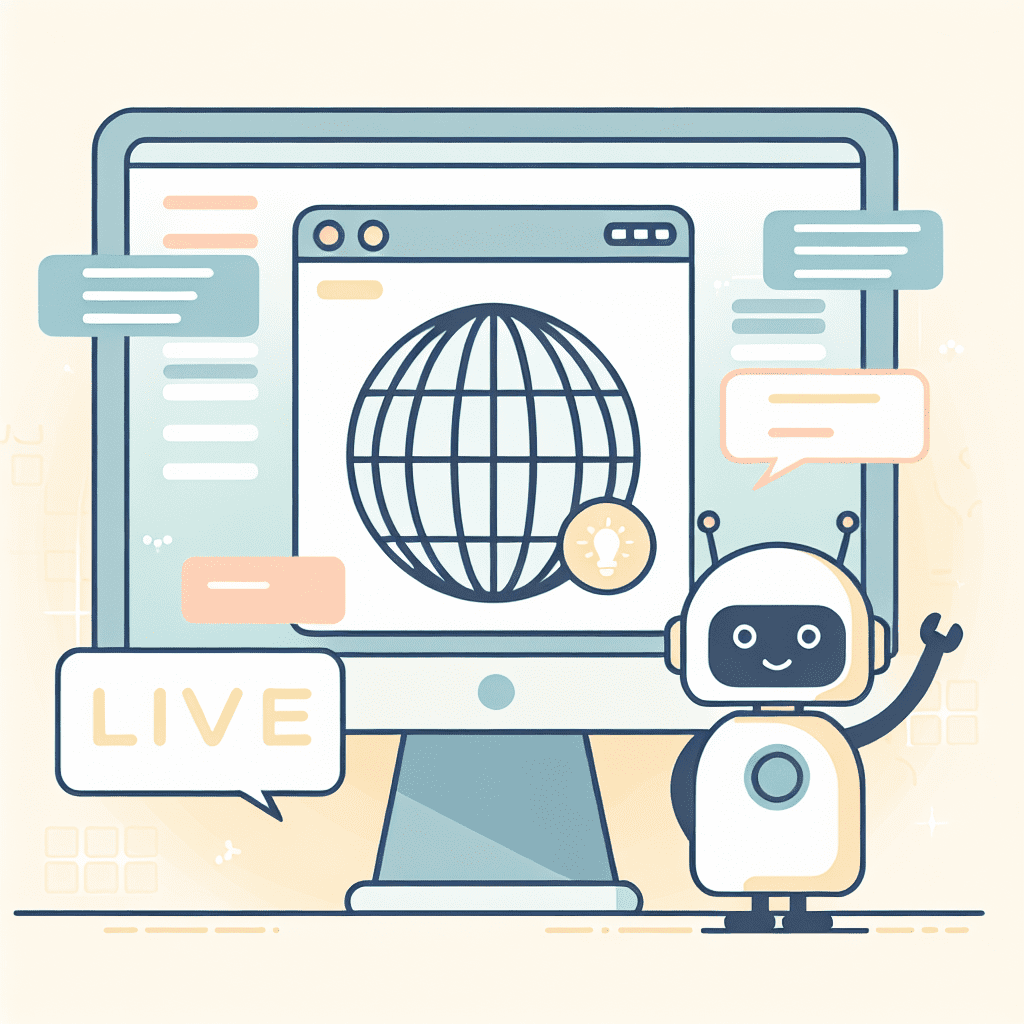Imagine walking into a sleek, modern store. The lights are on, the displays are perfect, the music is just the right kind of ambient; but there’s no one behind the counter. No one to ask about sizing. No one to help you check out. You’d probably walk out, right? That’s what it feels like when your website is live, but your chatbot isn’t.
People expect answers fast. Not tomorrow. Not “we’ll get back to you shortly.” Now. And if you’re not offering that, someone else will.
Let’s get into it.
The stats don’t lie
Salesforce found that 69 percent of consumers prefer using chatbots for quick communication with brands. Not because they’re wildly in love with robots, but because they want speed and convenience without the whole hold-music experience. The rise of AI-driven chat has quietly shifted the bar. Now, if your site doesn’t have a chatbot, you’re not just missing a feature; you’re missing the point.
A good chatbot doesn’t just sit there waiting to be clicked. It can handle questions, qualify leads, help with orders, and even prevent your support inbox from turning into a digital cry for help. And thanks to AI, these bots are no longer the clunky, overly literal assistants of 2016. They’ve evolved.
Let’s talk about what’s under the hood
Modern chatbots are powered by large language models, or LLMs, like OpenAI’s GPT-4 or Google’s PaLM 2. These aren’t just glorified FAQ machines. They can understand context, tone, and intent. That means they can carry on a conversation that actually sounds like a conversation, not a weird game of 20 Questions. GPT-4, for example, can manage multi-turn chats, detect sentiment, and even switch languages mid-convo if needed. Not bad for a machine.
And these bots don’t just sound smart. They connect to your CRM, your knowledge base, your e-commerce backend—basically, wherever your data lives. So instead of giving vague answers, they can check inventory, recommend products, book appointments, and process returns. All without a human lifting a finger. You’re not just improving customer service; you’re streamlining your entire operation.
Still wondering if your business really needs one?
Let’s break it down.
For starters, there’s the speed factor. HubSpot found that 82 percent of consumers expect an immediate response when they reach out with a marketing or sales question. Not “within 24 hours.” Immediate. AI chatbots can deliver that, 24/7, without coffee breaks or PTO.
Then there’s lead qualification. A well-trained bot can ask the right questions, figure out who’s serious, and send the warm leads straight to your sales team. No more wasting time on tire-kickers. It’s like having a bouncer who also happens to be a mind reader.
And let’s not forget the money. IBM reports that businesses spend over $1.3 trillion—yes, with a T—on customer service calls every year. Chatbots could cut that by up to 30 percent. You’re not just saving time; you’re saving your budget.
But here’s the part that gets overlooked:
personalization
When your chatbot is connected to user data, it can tailor responses based on past behavior, preferences, and history. So instead of “Can I help you?” it becomes “Welcome back, Sarah. Ready to reorder your usual?” That’s the kind of experience people remember.
Now, before you rush off to plug in the first chatbot you find, let’s talk setup
First, pick a platform that fits. Tools like Drift, Intercom, or even the ChatGPT API offer serious customization, analytics, and integration options. Don’t just go with whatever’s cheapest. Go with what works for your business.
Second, train it with real data. Feed it actual customer questions, support tickets, product info—the good stuff. The more relevant context you give it, the smarter it becomes.
And finally, don’t set it and forget it. Use conversation analytics to see where people drop off, what confuses them, or what they keep asking. Then tweak accordingly. A chatbot isn’t a statue; it’s a living part of your digital storefront.
Looking ahead, the chatbot game is only getting weirder—in a good way
We’re already seeing voice-enabled bots, AI that can interpret both text and images, and systems that initiate conversations based on what users are doing on your site. Imagine a bot that notices someone hesitating on the checkout page, then pops up with a discount code or answers a last-minute question. That’s not just responsive; that’s proactive. And yes, a little creepy. But also effective.
As AI grows more emotionally intelligent and context-aware, the difference between talking to a bot and talking to a human will keep shrinking. Whether that’s exciting or mildly unsettling is up to you.
But here’s the bottom line
Your website might be beautiful. Fast. SEO-optimized.
Mobile-friendly. But if there’s no one there to greet your visitors, answer their questions, or guide them through the experience, you’re leaving money and trust on the table.
A chatbot isn’t just a nice-to-have anymore. It’s the digital equivalent of someone saying, “Hey, can I help you find something?” And in 2024, that might be the difference between someone bouncing and someone buying.
Thanks for reading.
We’ll be back soon with more futuristic ideas.
Until then, keep building.
– Perfect Sites Blog

